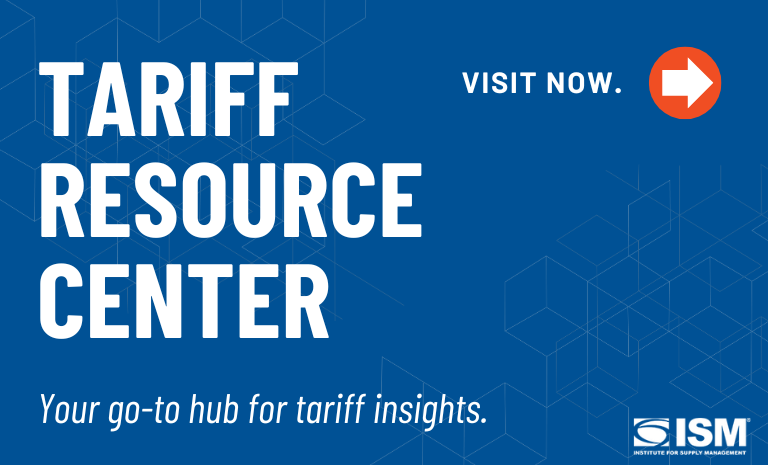Supply Chain News Roundup: AI Use Is Up, and So Are Warehouse Vacancies

Use of artificial intelligence (AI) for new product development (NPD) is growing in the food and beverages industry. The technology is also a headliner for analyzing market trends and consumer insights.
New research from TraceGains found that 16 percent of brands (up from 10 percent last year) are using AI to help with NPD. According to The Official NPD 2025 Report, four in five plan to invest more on NPD, with the top three drivers (1) reducing the cost of ingredients or the manufacturing process, (2) evolving consumer demand for healthier products and (3) competitive pressure to remain more innovative. The report surveyed 190 F&B experts across quality, R&D and regulatory areas.
Still, NPD faces challenges, with survey respondents saying the top three concerns are market conditions/economic factors; production costs, including labor; and ingredient/material availability.
Among other findings:
- Savings and health are driving innovation
- Interest in plant-based alternatives is waning
- Tech investment is reactive rather than proactive
- More than half of teams still rely on manual systems.
Warehouse Vacancies and Rent Are Up
The industrial market is experiencing an uptick in construction despite an increase in vacancy rates. The Colliers Q2 2025 Industrial Market report found that move outs as well as new facilities are contributing to the higher vacancy rates, which rose to a nationwide average of 7.3 percent — the highest percentage since 2013 — during the second quarter.
The market is expected to stabilize by year’s end, at about 7.5 percent vacancy.
The South recorded the highest industrial vacancy at 8.6 percent, while the Midwest had the lowest, 5.4 percent. The West and Northeast came in at 7.5 percent and 7.8 percent, respectively.
Warehouse/distribution center rent experienced a 4-percent increase year over year to US$10.54 per square foot, the report found. Industrial rents in the New York metropolitan area averaged $16.77 per square foot; those in Dallas-Fort Worth averaged $9.44 per square foot.
The Dallas-Fort Worth area was the busiest build market, with 31.7 million square feet of industrial construction, followed by Houston at 18.8 million square feet.
A Look at Sustainable Packaging Legislation
Legislative guidelines will likely take the place of organizational sustainable packaging commitments.
Gartner forecasts that three of four companies with publicly stated, voluntary sustainable packaging targets will abandon them and adopt legislative guidelines by 2028. However, increased costs associated with new packaging legislation could rise to millions of dollars, the Stamford, Connecticut-based research and advisory firm states.
“By the end of this year, Gartner predicts that 90 percent of public sustainable packaging commitments will remain unmet, as organizations continue to rely on plastics and single-use packaging,” John Blake, senior director analyst in Gartner's supply chain practice, said in a press release.
“With packaging rules rapidly evolving, CSCOs (chief supply chain officers) must shift their focus to meeting extended producer responsibility (EPR) requirements, which will demand new investments in data management, package design and compliance resources.”
EPR legislation has already been passed by several states, and packaging EPR is gaining traction, according to Gartner, as a “global policy trend that shifts the financial responsibility for packaging waste and recycling to producers and manufacturers.”
“Many organizations are currently unprepared for these new requirements, lacking the data management tools and resources needed for compliance,” Black said. This can lead to heavier costs, potential fines and fees, and other issues, he said.
Gartner’s recommendations for organizations shifting to adopting EPR legislation include (1) educating internal stakeholders about potential impacts and risk and (2) engaging internal and external stakeholders in development of an end-to-end sustainable packaging supply chain.
“Noncompliance with packaging legislation poses significant risks to market position, including fines, penalties, and potential loss of market access,” the press release states.

